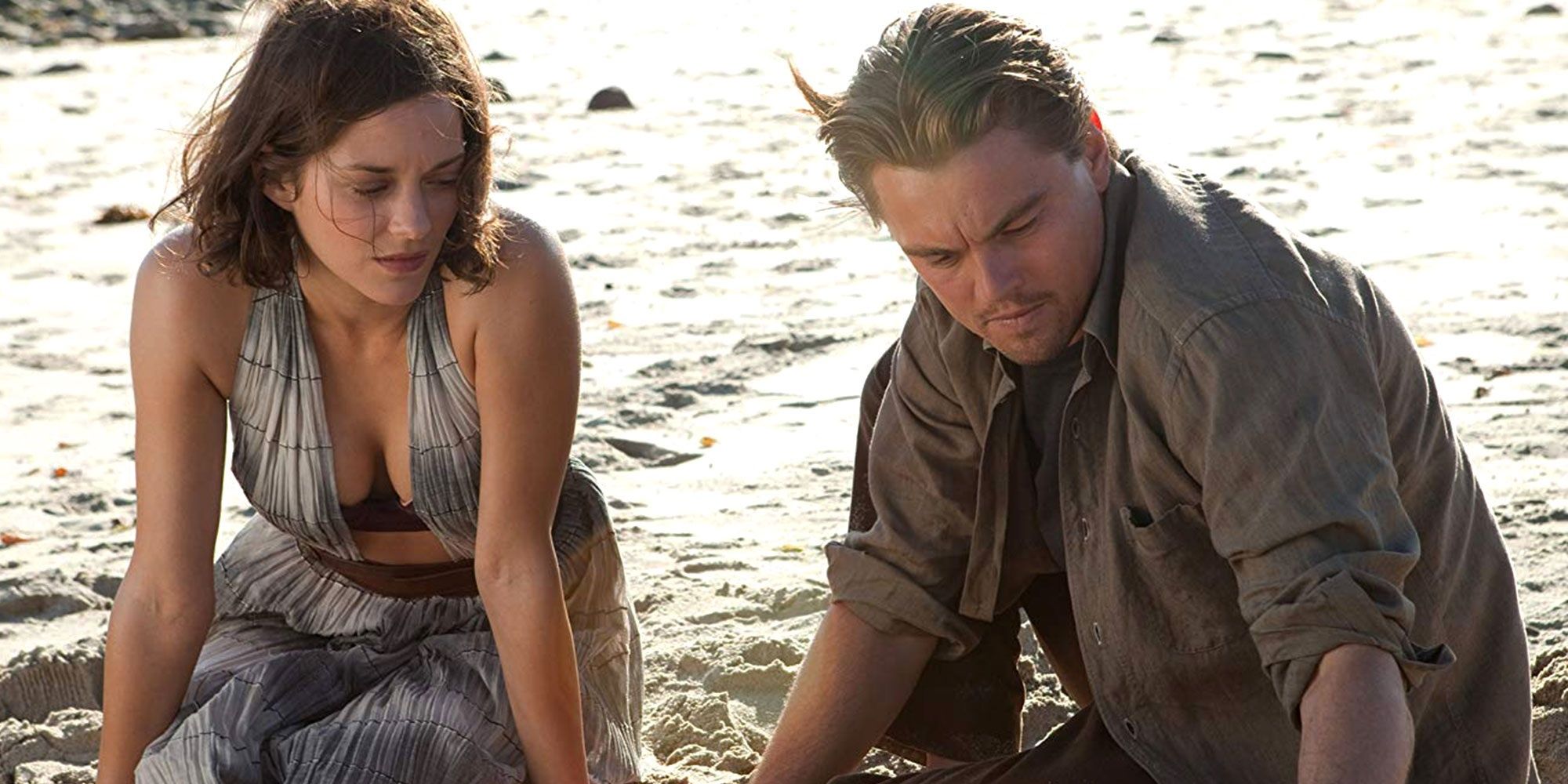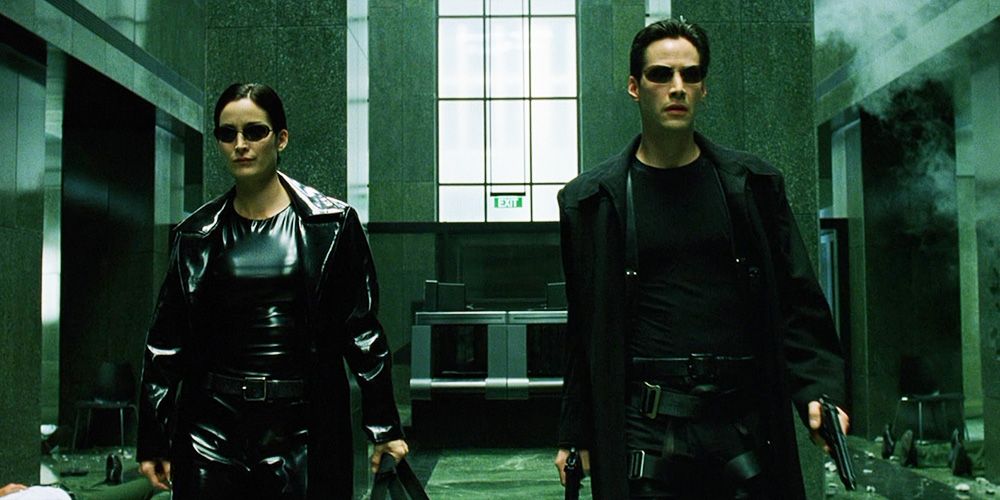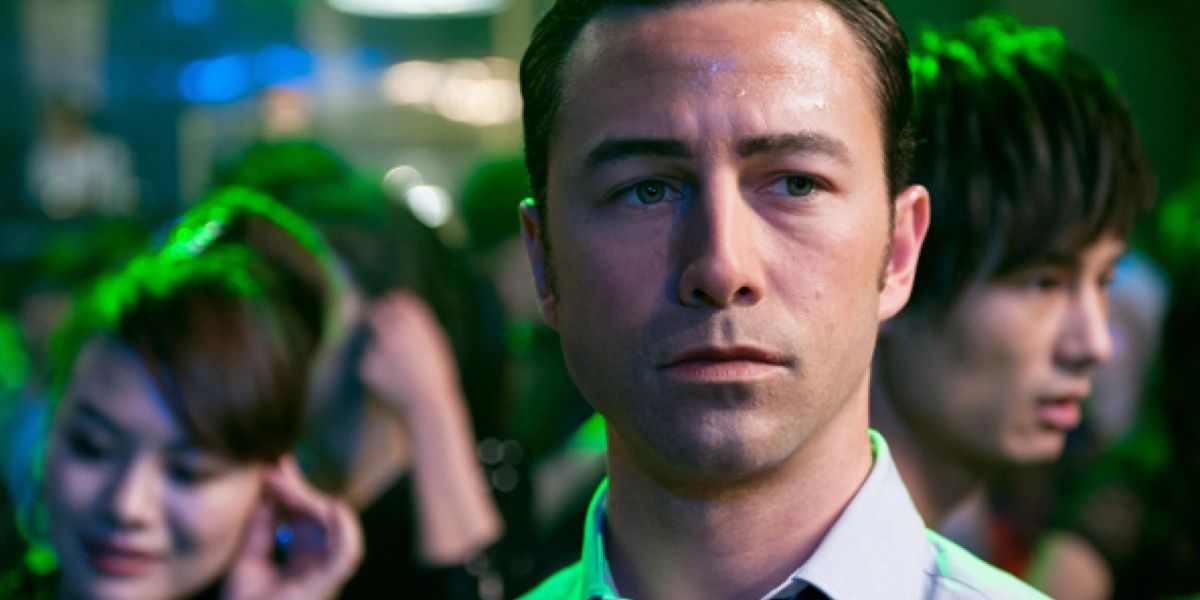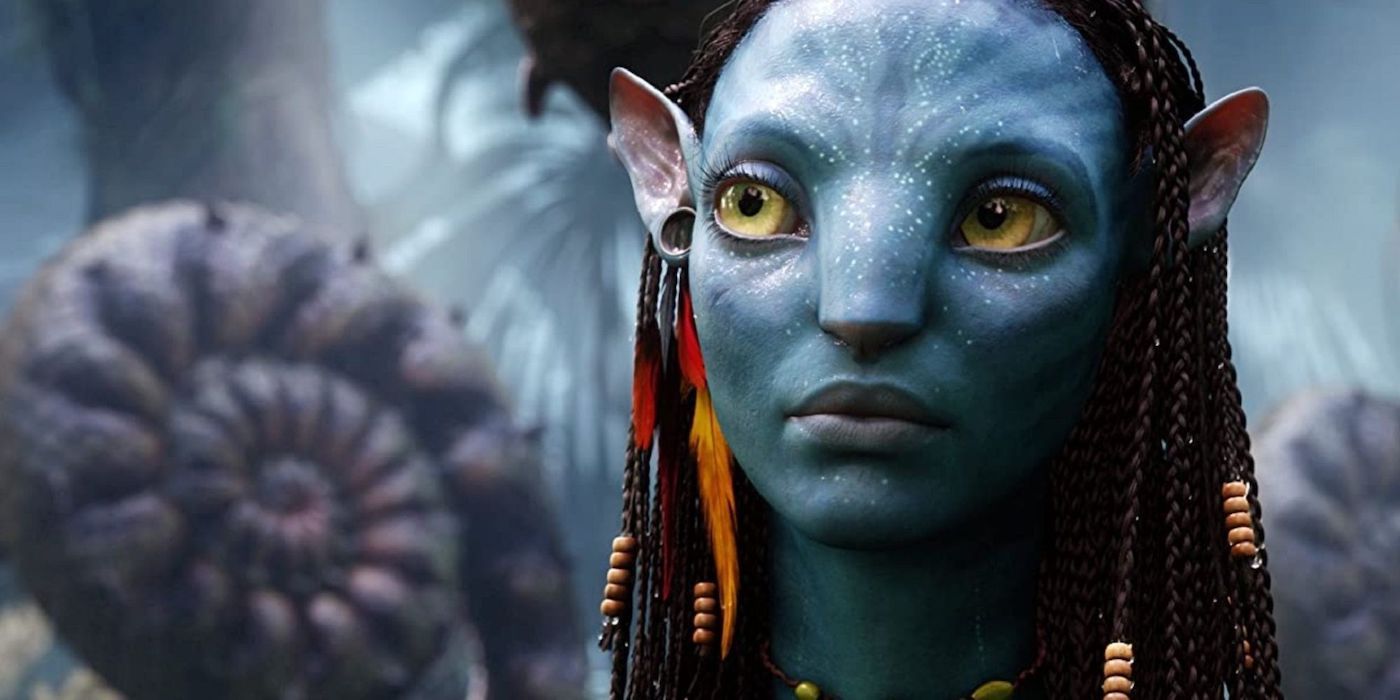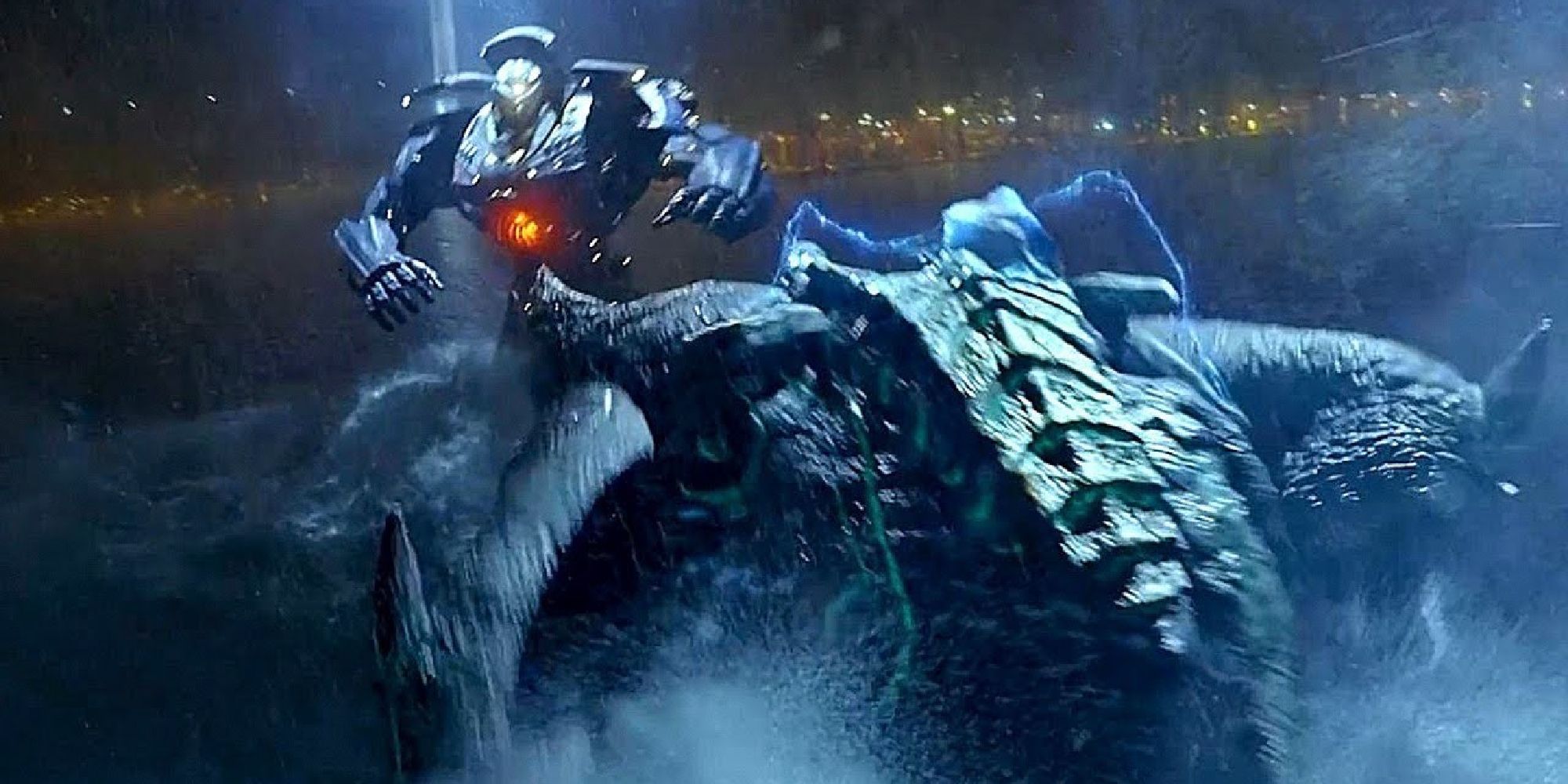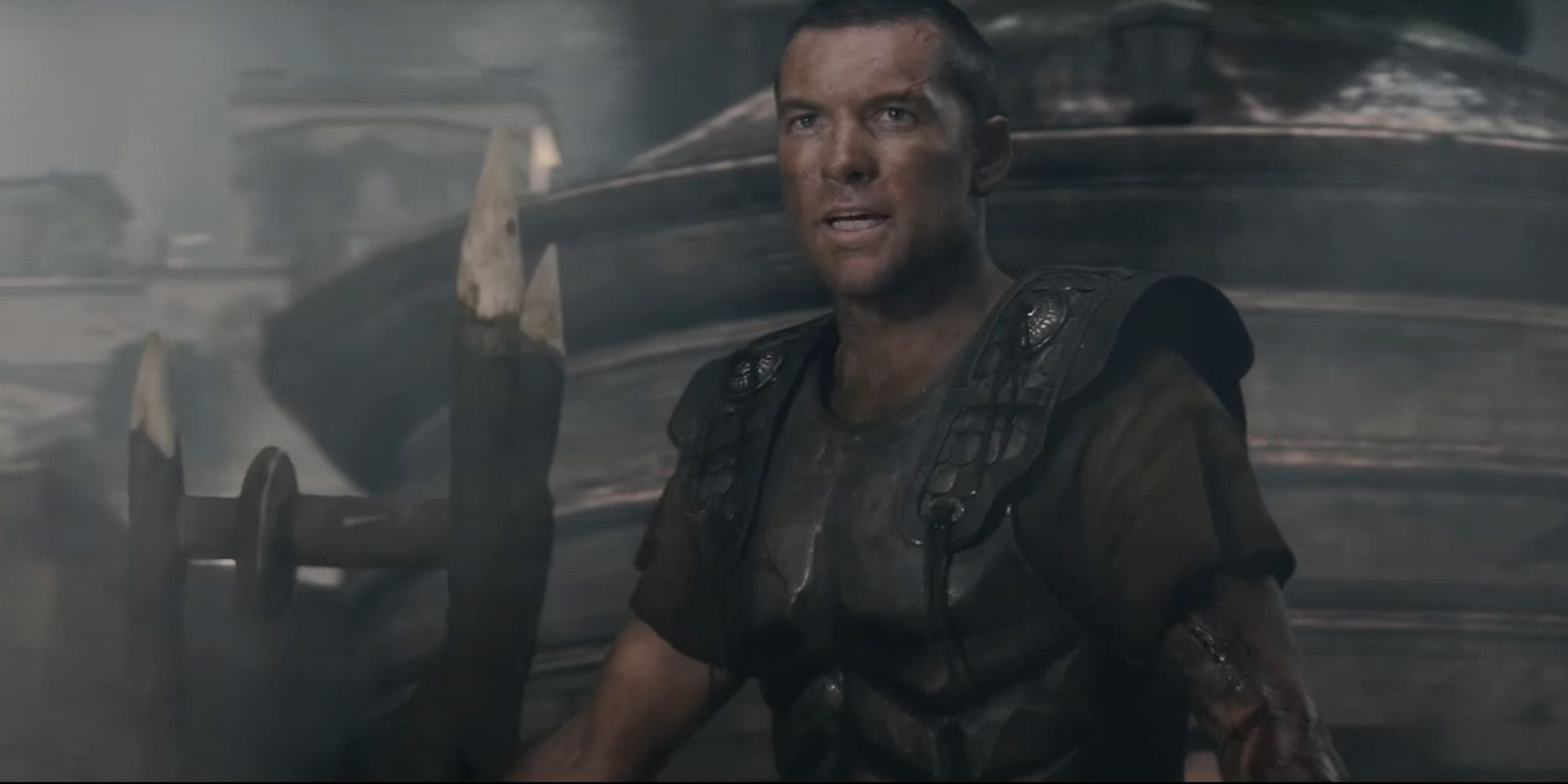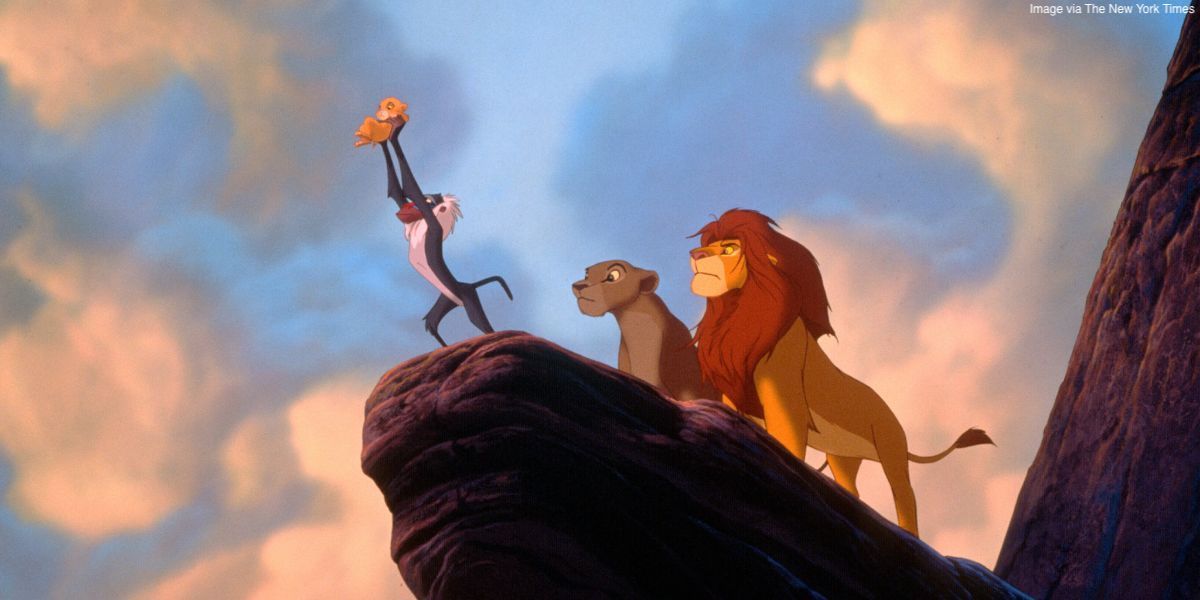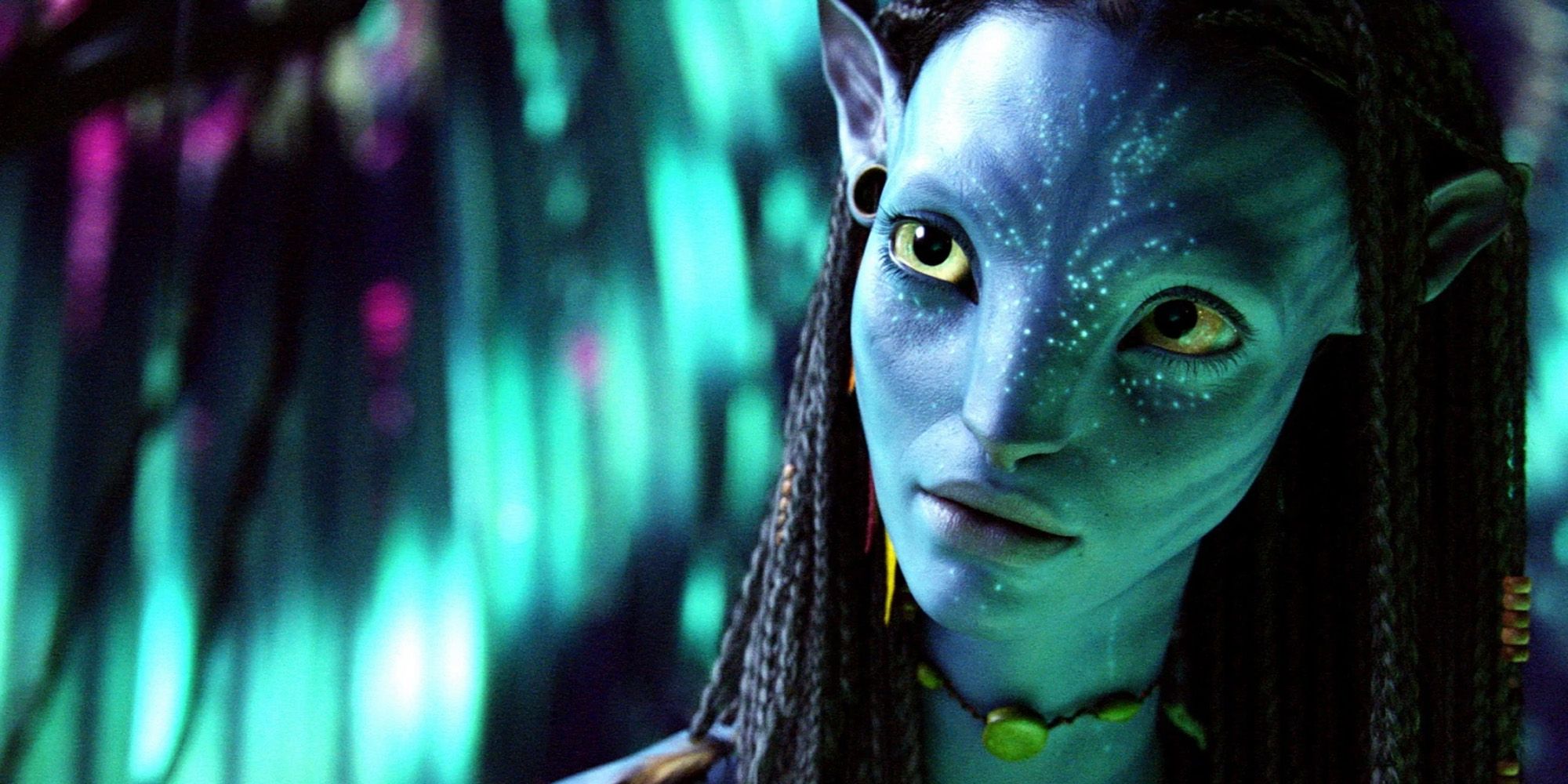[ad_1]
Filmmaking has always fed upon itself, with newer movies often taking inspiration from those that came before. Sometimes these influences are subtle; sometimes, the similarities are too visible or too numerous to ignore. Such exchanges occur not only among filmmakers of the same country, but across cultures as well. Anime in particular has increasingly distinguished itself for its influence on Western filmmakers. In some of the following instances, the similarities between the two films were met with controversy, while others fell among a friendly exchange of ideas. Some borrow the very composition of the scenes in the movies from which they take inspiration, while others only take inspiration from the original film’s concept. Here are 11 films that were inspired by anime.
Inception (2010) – Paprika (2006)
Christopher Nolan’s famous action film Inception takes many of its concepts and scene compositions from Satoshi Kon’s Paprika. In Inception, a thief (Leonardo DiCaprio) who uses mind-bending dream sharing technology to steal corporate secrets is commissioned to use that technology to plant an idea into the mind of a C.E.O (Cillian Murphy). Paprika, meanwhile, follows a young female therapist named Paprika (Megumi Hayashibara) after a machine used by therapists to enter into the dreams of psychiatric patients is stolen. Though the two films don’t share the same plot, the similarities are striking — including similar action sequences, visual compositions, the dream machine that can enter the minds of others, and the conflict of how a person can tell whether they’re in the real world or in a dream.
The Matrix (1999) – Ghost in the Shell (1995)
Some of the most iconic aspects of The Matrix, and those most central to its plot, come directly from Mamoru Oshii’s Ghost In The Shell. These include the green digital typography (which in The Matrix is apparently made out of Japanese characters from a sushi book), brain-computer interfaces that allow the characters to plug into virtual reality, and characters who discover the true nature of their existence. The Matrix also takes many of its visual cues and scene compositions from Ghost In The Shell. The Wachowskis have acknowledged the influence of Ghost In The Shell on their work.
Looper (2012) – Akira (1988)
Rian Johnson is a self-confessed anime fan, and has also admitted to using Katsuhiro Otomo’s classic film Akira as inspiration for his film Looper. In Looper, Cid (Pierce Gagnon) is a young boy whose psychic powers lead him to eventually turn into a monster. Although the story does not directly revolve around Cid, his arc is extremely similar to that of Akira’s Tetsuo (Nozomu Sasaki), whose transformation forms the central action of the film. Tetsuo’s telekenetic abilities go out of control, ostensibly leading him towards a similar fate to that of an earlier ESPer named Akira whose destructive power triggered a Third World War.
Requiem for a Dream (2000) – Perfect Blue (1997)
Alongside Paprika, Perfect Blue is another revered anime by Satoshi Kon that influenced Hollywood. Darren Aronofsky even bought the rights to Perfect Blue, and several of the frames from Requiem for a Dream are direct live action copies from those in Satoshi Kon’s animated film. Audiences also pointed out similarities between the anime and Black Swan; however, unlike with Requiem for a Dream, Aronofsky insisted he did not draw inspiration from Perfect Blue when making Black Swan, despite their similarities.
Pacific Rim (2013) – Mecha Anime Genre
While many fans are determined to compare Pacific Rim to Neon Genesis Evangelion, screenwriter Travis Beacham had not seen Evangelion by the time he wrote Pacific Rim – nor had director Guillermo del Toro. Though Neon Genesis Evangelion is a mecha (or robot) anime, del Toro seems to have been looking to even older films and TV series in the genre, citing Ultraman, Patlabor, and Tetsujin-28 in particular for his tale of giant robots versus kaiju fighting over the fate of the world.
Clash of the Titans (2010) – Saint Seiya (1986 – 1989)
Of course, since Clash of the Titans draws mainly from Greek mythology, it is not the concept of Saint Seiya that the film draws from necessarily (though Saint Seiya also involves many characters and stories from Greek mythology), nor its visual compositions. Instead, director Louis Leterrier – a big fan of the manga and its anime adaptation – cited the armor used in the film as an homage to Saint Seiya. He even asked the author of the manga, Masami Kurumada, to collaborate with the production team of Clash of the Titans on its poster designs.
Man of Steel (2013) – Birdy the Mighty (2008 – 2009)
Man of Steel uses the superman comics as its primary inspiration, rather than any one anime. Anime did make its way into the film, but not as a source of general influence or, in the case of Clash of the Titans, fo costume inspiration. Rather, Zack Snyder has been very open about the fact that he ripped the final fight scene of his film right out of the series Birdy the Mighty: Decode. Down to each individual frame, the Superman/Zod battle is completely copied from a now identical fight in the anime.
The Lion King (1994) – Kimba the White Lion (1965)
Unlike those between films above, the relationship between Kimba the White Lion and Disney’s The Lion King was rife with controversy. Upon The Lion King’s release in Japan, 488 Japanese manga artists and animators signed a letter urging Disney to give credit to Kimba the White Lion. However, Tekuza Productions, the studio behind Kimba, never took any legal action against Disney, and Makoto Tezuka himself said he saw the two works as different stories with different themes.
Transcendence (2014) – Serial Experiments Lain (1998)
In Transcendence, an artificial intelligence researcher named Will Caster (Johnny Depp) uploads his consciousness into a prototype for a sentient computer and slowly becomes omnipotent. Meanwhile, Serial Experiments Lain is about a girl named Lain (Kaori Shimizu) who discovers that, rather than being human, she’s an autonomous, physical computer program that can cross from the physical world to its virtual counterpart, called “the Wired.” Masami Eiri (Sei Ôhama), who uploaded his consciousness to the Wired, teaches her to become an omnipotent being who can control the digital and physical worlds.
Turning Red (2022) – Sailor Moon (1992 – 1997), Ranma ½ (1989), Fruits Basket (2001, 2019 – 2021), Inuyasha (2000 – 2004), and My Neighbor Totoro (1988)
Turning Red‘s director Domee Shi has been open about the fact that the film is bursting at the seams with anime influences. The friendship between Mei (Rosalie Chiang) and her friends is inspired by the bond between and personalities of the Sailor Scouts in Sailor Moon. Meanwhile, Mei’s transformation reflects the magical transformations in Ranma ½ (especially that of Ranma’s father into a panda) and Fruits Basket. On top of its human to animal transformations, Fruits Basket also deals simply with the trials and tribulations of growing up – a pairing that Turning Red leans into. As for Inuyasha, just like its protagonist Kagome, Mei lives on the site of her family shrine with her mother. And of course, the giant red panda is also very reminiscent of Totoro from Hayao Miyazaki‘s My Neighbor Totoro.
Avatar (2009) – Princess Mononoke (1997)
James Cameron’s Avatar is considerably less nuanced than Hayao Miyazaki’s classic Princess Mononoke. Nevertheless, one can identify similarities between the two, primarily in the central conflict between man and nature and the male protagonist’s journey between those two worlds. Cameron has stated that Princess Mononoke did partially influence Avatar, and additionally that the floating islands in Miyazaki’s Castle in the Sky inspired the floating islands on Pandora.
[ad_2]
Source link

